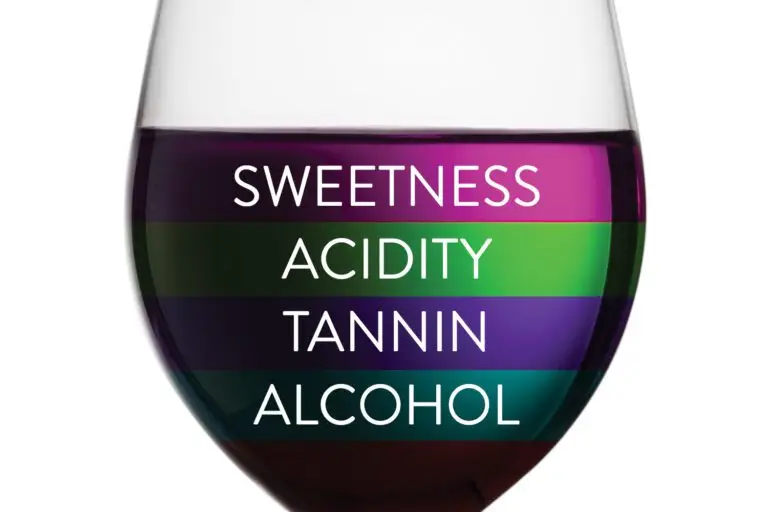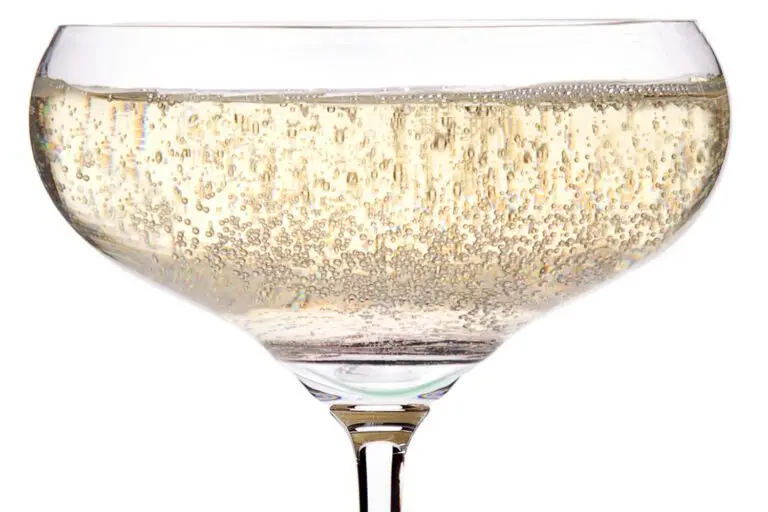Some Common Defects and How They Get There
By Gary Twining
Part of knowing and appreciating fine wine is the ability to determine if the wine in your glass is flawed or spoiled. While there are no harmful organisms that can live in the high acid/low pH of wine, the frustration of having a bottle not up to its potential is aggravating. It ruins the mood, and you’ve wasted money.
There are a few basic flaws that everyone should know. Some occur because of faulty winemaking, others because of bacteria, yeasts or taints that attack the wine. Here are the most common ones you should become familiar with:
Oxidation: Just as an apple that browns when it is cut and open to the air, wine can brown and lose its savor and freshness through excessive oxygen contact. In the cellar and winery this can occur during crushing, fermentation, and the aging and bottling processes.
Insufficient use of the antioxidant sulfur dioxide is one cause, as sulfur scours oxygen from the wine, prevents bacteria and enzymes from encouraging oxidation and serves as a preservative. Another is simply not protecting the must and juice from oxygen through the use of inert gases. After bottling, oxidation can occur due to a faulty closure that lets oxygen into the bottle.
Maderization: This is oxidation where heat is also involved. The wine’s color approaches brown and it has cooked aromas similar to Madeira, but without Madeira’s cut of acidity.
Acetification: More commonly described as “vinegar” with its ethyl acetate aroma (ethyl acetate is a solvent used in nail polish remover; affected wines have this distinctive smell). All wines have some acetic acid, as it is formed during fermentation or anytime the bacteria acetobacter can get to the wine during production, aging and in bottle. It can occur when the juice/wine is not protected by carbon dioxide right before and after fermentation, during aging, and from leaking closures. Acetic acid lifts the bouquet and gives it sharpness with a tactile impression on the back of the roof of the mouth.
Taint: Commonly known as “cork taint,” mainly caused by Trichloranisole 2,4,6, which can occur anywhere mold absorbs chlorine. Since corks are porous, they can harbor mold and chemical residues. Corks are often bleached and chlorine is used for much of the sanitation of the winery and shipping containers. Often the aroma of Trichloranisole is described as musty, like a dank basement or wet cardboard. Fruit is reduced and astringency increased.
Haze: The reasons for this can vary, but include natural deposits of pigments and tannins in red wines as they age, cream of tartar crystals in white and red wines that are not excessively processed, white wines that have not been clarified to remove their excess proteins, and re-fermentation by yeast or bacteria. By learning to decant you can remove sediment or tartrates (both harmless but visually unappealing). Hazy whites look much worse than they taste. Re-fermentation, however, can cause a bottle to explode and is quite dangerous.
Brettanomyces: Often shortened to “brett,” this is a surface yeast that gives the wine a barnyard taste or bacterial aroma. Sometimes acceptable in reds at low levels, it can offer complexity.
Sulfur: Excess sulfur shows itself as a burning in the back of the nostrils or the smell of a just-struck match. During aging without oxygen, sulfur can form hydrogen sulfide, which smells similar to rotten eggs. If the sulfur is in the lees (solids in the bottom of the tank/barrel) and affected by yeasts after the primary fermentation, it can form mercaptans, compounds that smell like skunk or sewage.
Minor faults can be part of the complexity of a wine style or type, however, and can offer a most complex and compelling taste experience.




